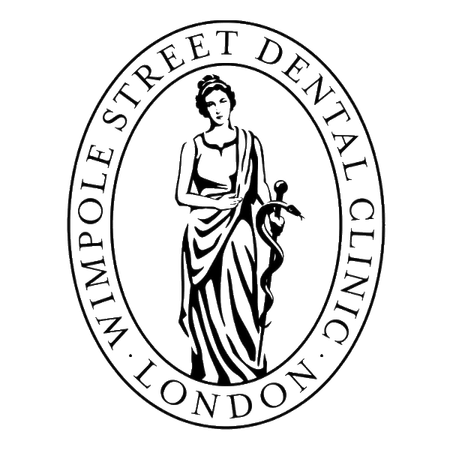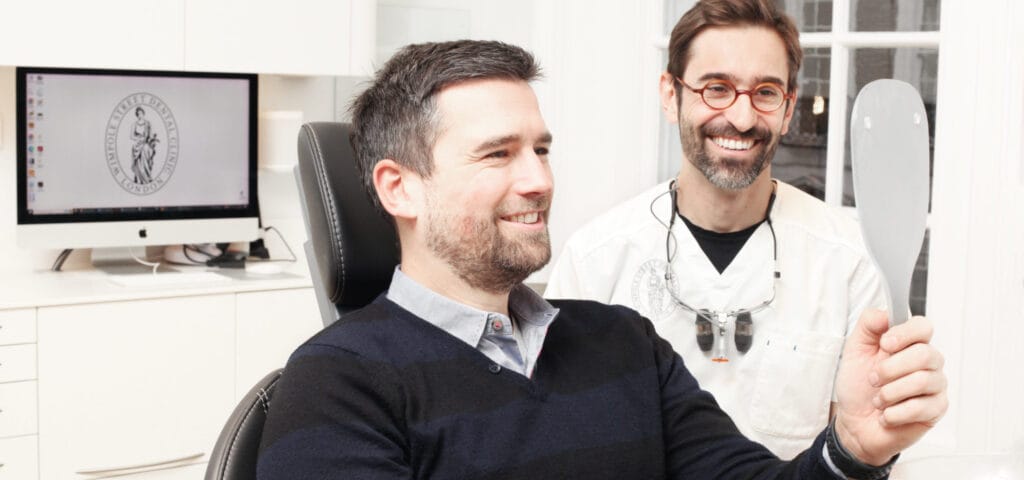News
Revolutionary Tooth Regeneration Technique Promises a Brighter Smile for the Future
In a groundbreaking stride towards advanced dental care, researchers have unveiled a novel tooth regeneration technique that holds the promise of a brighter smile for many. This innovative method, which is poised to transform the landscape of restorative dentistry, revolves around the utilization of stem cells to regrow lost or damaged teeth.
This leap in dental science emerged from an extensive study conducted over several years. The primary objective was to explore the potential of stem cells in addressing common dental issues such as tooth decay and loss. The findings of this study have not only demonstrated the feasibility of tooth regeneration but have also shown promise in reducing the dependency on traditional dental prosthetics like implants and bridges.
The process of tooth regeneration begins with the extraction of stem cells from a patient’s own body, most commonly from the bone marrow or adipose tissue. These stem cells are then cultured in a lab to create a scaffold that mimics the natural structure of a tooth. Once the scaffold is ready, it is implanted into the patient’s jawbone, providing a foundation for the new tooth to grow. Over time, the stem cells differentiate and mature into a fully functional tooth, complete with roots, enamel, and the ability to respond to sensory stimuli like temperature and pressure.
One of the most appealing aspects of this tooth regeneration technique is its potential to provide a natural, permanent solution to tooth loss. Unlike dental implants, which are made from foreign materials and may need replacement over time, regenerated teeth are living, biological structures that can last a lifetime if properly cared for. Moreover, since the new tooth is grown from the patient’s own cells, there is a significantly lower risk of rejection or allergic reaction.
Additionally, this revolutionary method could also serve as a robust platform for addressing other dental conditions. For instance, individuals suffering from periodontal disease could potentially benefit from treatments that leverage stem cell technology to regenerate lost or damaged gum tissue. Furthermore, the ability to grow new teeth could also eliminate the need for root canals, a common dental procedure that many find to be uncomfortable or even painful.
Despite the excitement surrounding this development, the tooth regeneration technique is still in its nascent stages. Rigorous clinical trials and extensive research are essential to ensure the safety and effectiveness of this procedure. Moreover, the cost of such a treatment could be a potential barrier for many individuals, making it imperative to explore affordable solutions that make this revolutionary dental care accessible to all.
The advent of tooth regeneration is a testament to the relentless pursuit of excellence in the field of dentistry. It showcases the potential of stem cell research in ushering in a new era of dental care that is not only effective but also minimally invasive. As researchers continue to refine this technique and address the challenges ahead, there’s a shimmer of hope that in the near future, the dream of regrowing lost or damaged teeth could become a reality, promising a brighter smile for many.


